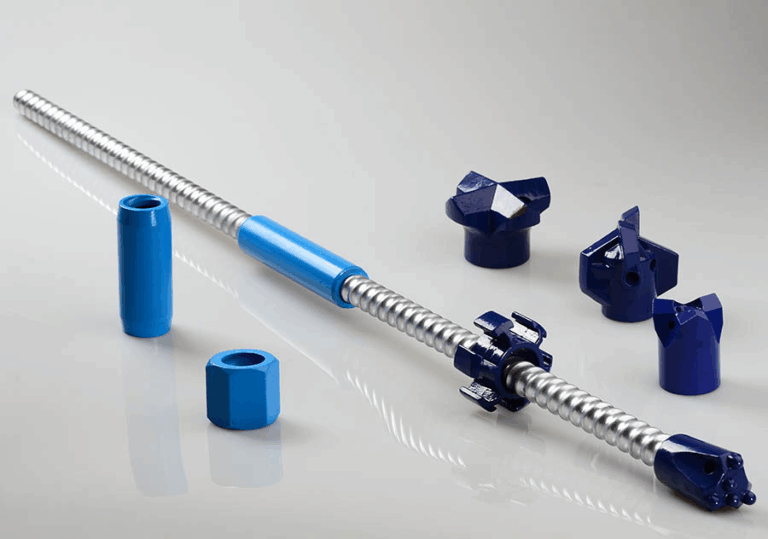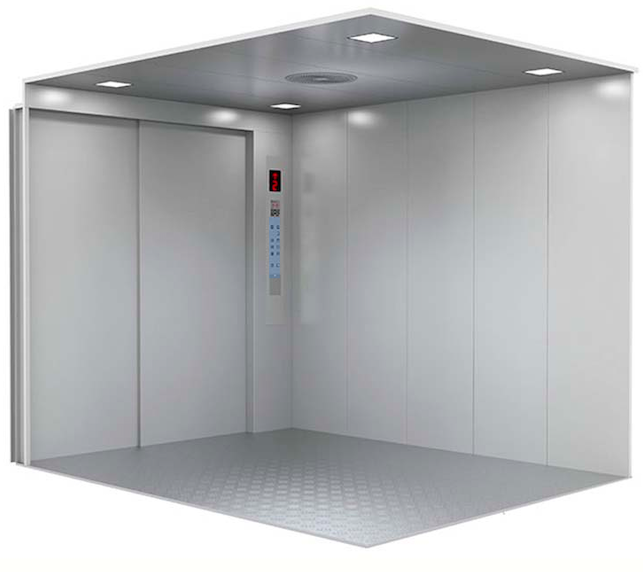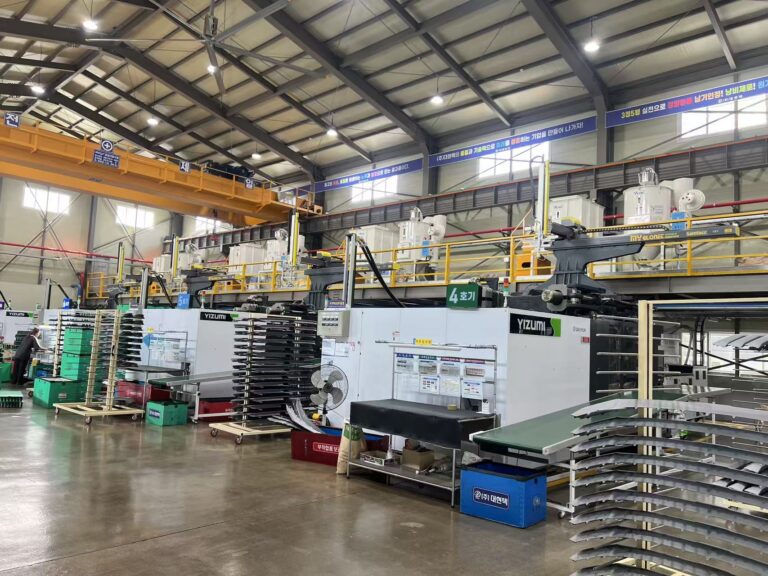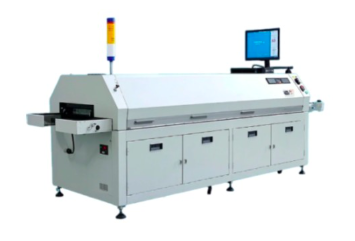目录
Solar flashing lights have become increasingly popular due to their eco-friendly nature, easy installation, and low maintenance requirements. Whether you’re looking to improve road safety, enhance visibility in construction zones, or simply mark a private driveway, selecting the right solar flashing light is essential to ensure optimal performance and value. With various options available on the market, it’s important to consider a few key factors before making your choice.

1. Determine the Purpose and Placement
The first step in choosing the right solar flashing light is identifying where and how it will be used. Will it be placed at a pedestrian crossing, in a school zone, on a construction site, or in a private area like a driveway or parking lot? Different applications require different levels of brightness, flash patterns, and durability. For example, a high-traffic intersection may require a solar flashing light with intense illumination and wide-angle visibility, while a remote trail marker may need a more compact and energy-efficient model.
2. Check Brightness and LED Quality
Brightness is a crucial aspect of any solar flashing light. Lights with low-quality LEDs may not provide sufficient visibility, especially in bad weather or during nighttime. Look for models that use high-intensity LED bulbs and offer visibility from at least 500 meters away. Additionally, ensure that the light has multiple flash modes—such as continuous or strobe—so it can be adjusted based on the situation.
Some high-end models offer automatic brightness adjustment based on ambient lighting, which can save energy and extend battery life while ensuring maximum visibility at night.
3. Evaluate Solar Panel and Battery Performance
Since the performance of a solar flashing light depends heavily on its solar panel and battery system, it’s essential to choose a product with efficient energy storage. A high-quality solar panel can fully charge the battery during the day, ensuring the light operates reliably throughout the night and during cloudy weather.
Pay attention to the battery capacity and type. Lithium-ion batteries are common due to their long life and fast charging times. Ideally, the light should offer at least 24 to 48 hours of operation on a full charge to handle periods of low sunlight.
4. Consider Durability and Weather Resistance
Outdoor lighting devices must withstand various environmental conditions. Choose a solar flashing light that is waterproof, dustproof, and made of durable materials such as polycarbonate or aluminum alloy. Look for an IP rating (e.g., IP65 or higher), which indicates protection against water and dust ingress.
If the light will be installed in areas with heavy traffic or potential impact, it’s wise to choose a model with additional protective features, such as anti-vandal screws or reinforced housing.
5. Installation Options and Flexibility
Depending on your specific needs, you may want a solar flashing light that offers flexible mounting options. Some models come with pole mounts, wall brackets, or magnetic bases, making them easy to install in different environments. Portable solar flashing lights can also be a good option for temporary projects or mobile work zones.
In addition, consider whether you need remote control access or sensor integration. Motion-activated models can enhance battery efficiency by only flashing when movement is detected.
Final Thoughts
Choosing the right solar flashing light doesn’t have to be complicated. By considering factors like intended use, brightness, solar panel efficiency, durability, and installation flexibility, you can select a solution that provides both safety and long-term performance. Whether it’s for a public roadway or a private property, investing in the right solar flashing light ensures visibility, peace of mind, and energy savings for years to come.
0








